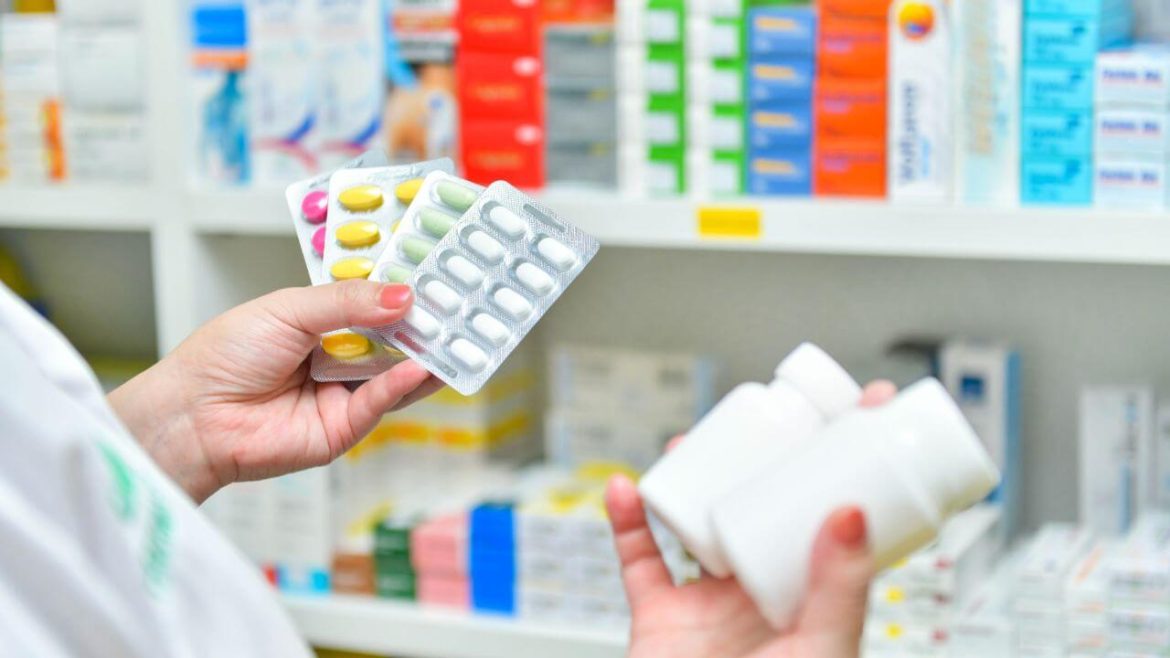In the pharmaceutical industry, the packaging of products plays a crucial role that goes beyond mere containment of the product. Pharmaceutical packaging, or pharmapackaging, not only preserves the integrity of the drug but also provides critical information and enhances patient compliance. Effective packaging design is integral to the safety, efficacy, and accessibility of pharmaceutical products.
Ensuring Drug Stability and Integrity
One of the primary roles of pharmaceutical packaging is to protect the drug from environmental factors such as light, moisture, and air, which can degrade the product’s quality. The choice of materials and the design of the packaging play a significant role in ensuring that the product remains effective throughout its shelf life.
For instance, blister packs, made from materials such as PVC or aluminum, offer a high level of protection against environmental conditions, ensuring that each dose of the medication is preserved until it is used.
Compliance with Regulatory Standards
Pharmaceutical packaging must adhere to stringent regulatory standards to ensure patient safety and product reliability. These standards, which vary by country and region, dictate everything from the materials used in packaging to the labeling information that must be included.
Good packaging design incorporates all legal requirements, including tamper-evidence features and child-resistant mechanisms, which are critical for ensuring that the products meet safety regulations.
Enhancing patient compliance and convenience
Effective packaging design significantly impacts patient compliance, which is how well a patient follows their prescribed medical treatment. Clear labeling, dosing instructions, and easy-to-open but secure packaging help patients take their medications correctly.
Innovations such as unit-dose packaging, which provides the exact amount of medication needed for each dose, can prevent dosage errors and improve the ease of medication administration, for elderly patients or those with limited dexterity, packaging designed to be easily opened can remove barriers to effective treatment.
Facilitating communication and information
The design of pharmaceutical packaging is also a key communication tool. It provides essential information such as drug interactions, side effects, and expiration dates. This information must be presented clearly and legibly to ensure that all users can understand and use the product safely.
Furthermore, the use of universal symbols and pictograms to convey critical health information can bridge language barriers and enhance understanding across diverse populations.
Promoting brand identity and marketing
From a commercial perspective, packaging is also an important marketing tool for pharmaceutical companies. It helps with branding and differentiating products in a competitive market.
Well-designed packaging can make a product more appealing to consumers and can convey a sense of the brand’s commitment to quality and care. It also aids in building trust with healthcare providers by presenting a professional and informative product appearance.
Conclusion
The design of pharmaceutical packaging is a multidisciplinary task that impacts public health, regulatory compliance, consumer behavior, and market dynamics. It is not just about aesthetics; it’s about creating a package that protects the drug, educates the user, ensures compliance, and even aids in the administration of the medication.
As technology advances, the future of pharmaceutical packaging will likely see more personalized, patient-centric designs that leverage new materials and smart technologies to further enhance the safety and efficacy of drug delivery. This ongoing evolution will continue to play a critical role in the global healthcare system, highlighting the undeniable importance of innovative pharmaceutical packaging design.

